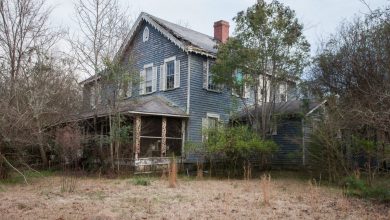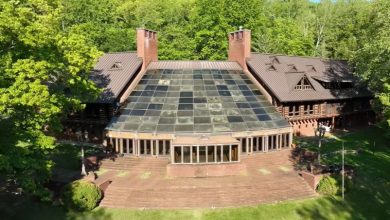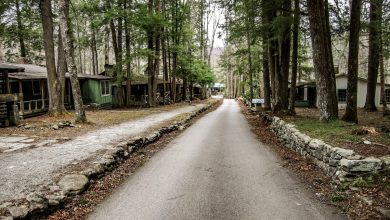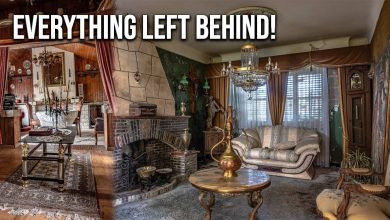Jemison Center – Abandoned House
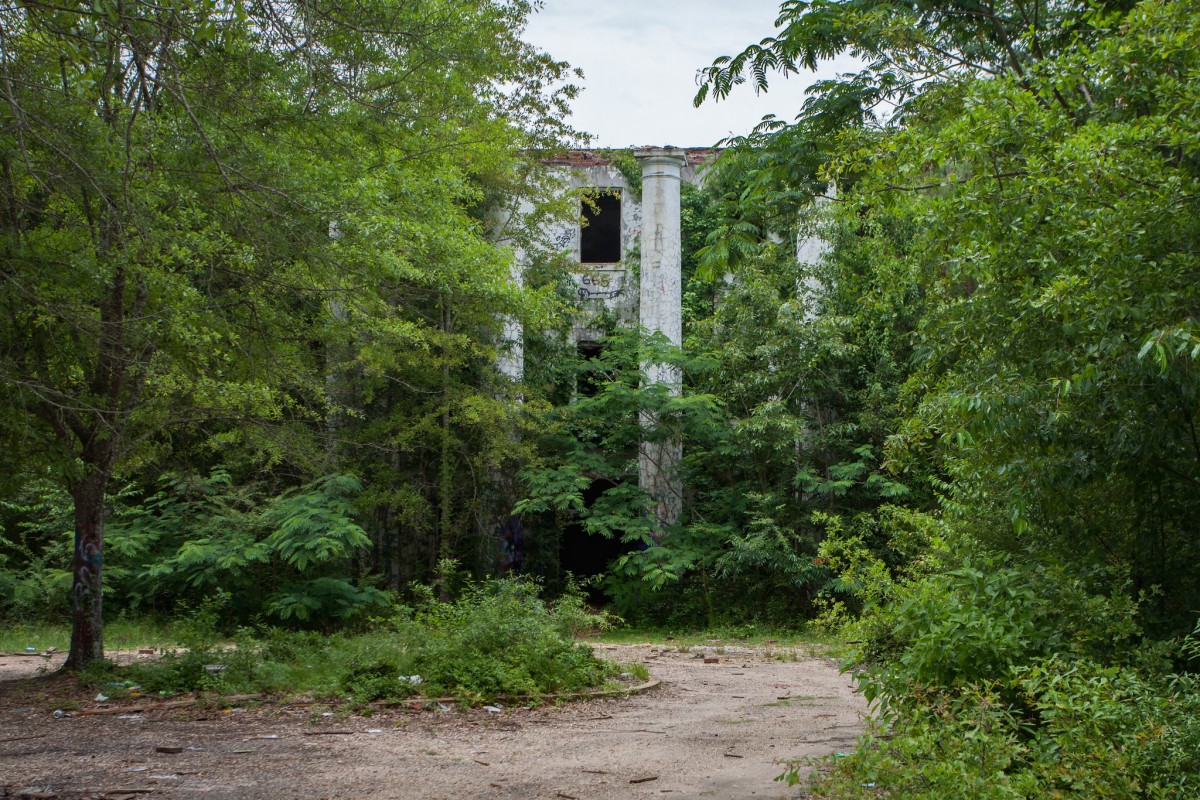
The Jemison family settled near Tuscaloosa, Alabama in the 1830s and became one of the wealthiest and most influential families in the state. Robert Jemison Jr. was a Confederate senator, businessman, and entrepreneur. His business empire grew to encompass toll roads and bridges, a grist mill, a sawmill, livery stables, a hotel, and six plantations totaling over 10,000 acres. Jemison was one of the leaders who built support for the Alabama State Hospital for the Insane, later renamed Bryce Hospital, which opened in 1861 in Tuscaloosa.
After his death in 1871, Jemison’s largest plantation, known as Cherokee Place, was bequeathed to the State of Alabama Board of Mental Health. During the Segregation Era, a separate facility was established for African-American patients. The building known as the Jemison Center was constructed a short drive from the main campus in Northport on what was once Cherokee Place and named for Jemison’s generosity. Before the Jemison Center was built, African-American patients were housed in the lofts of the barn at Bryce Hospital.
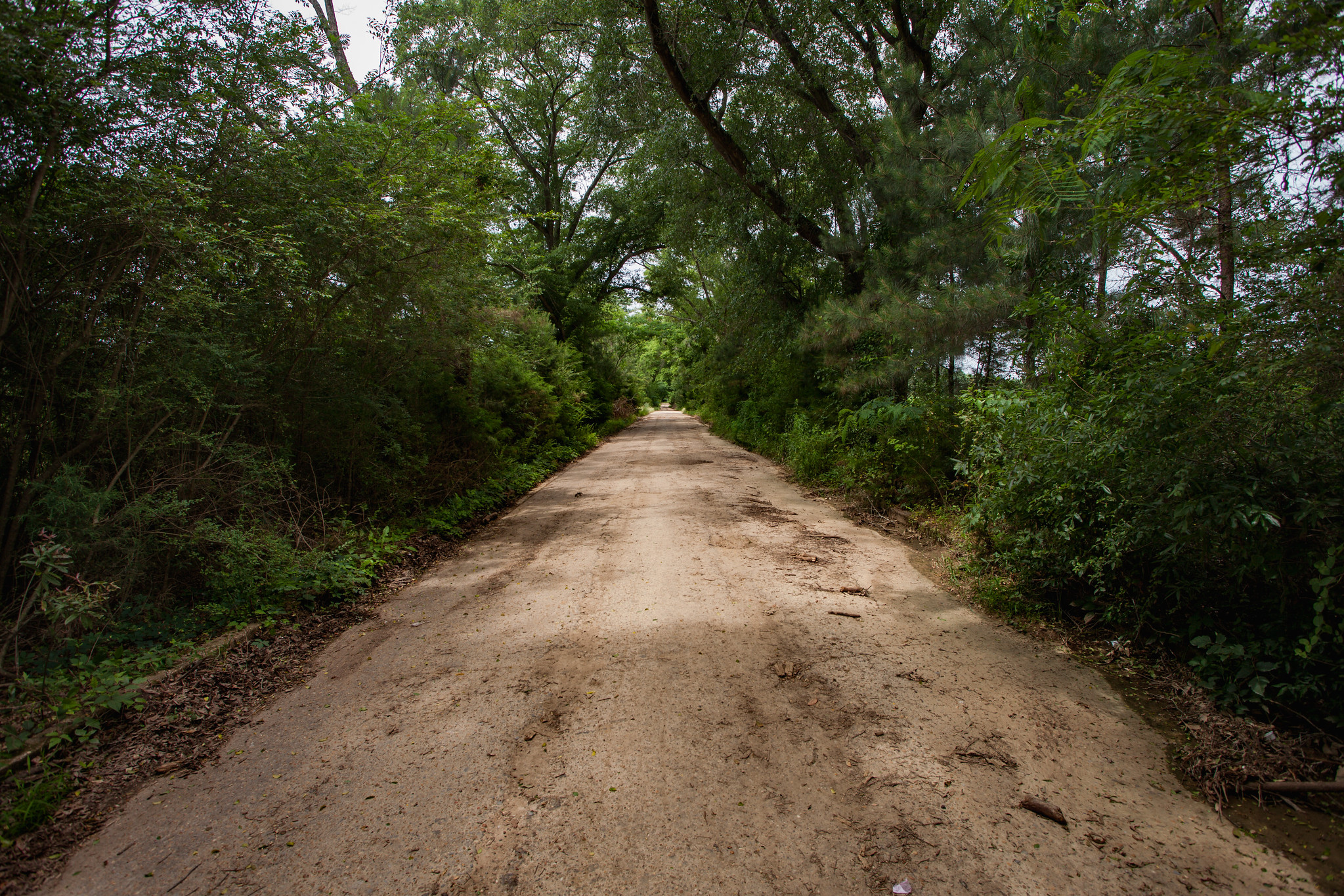
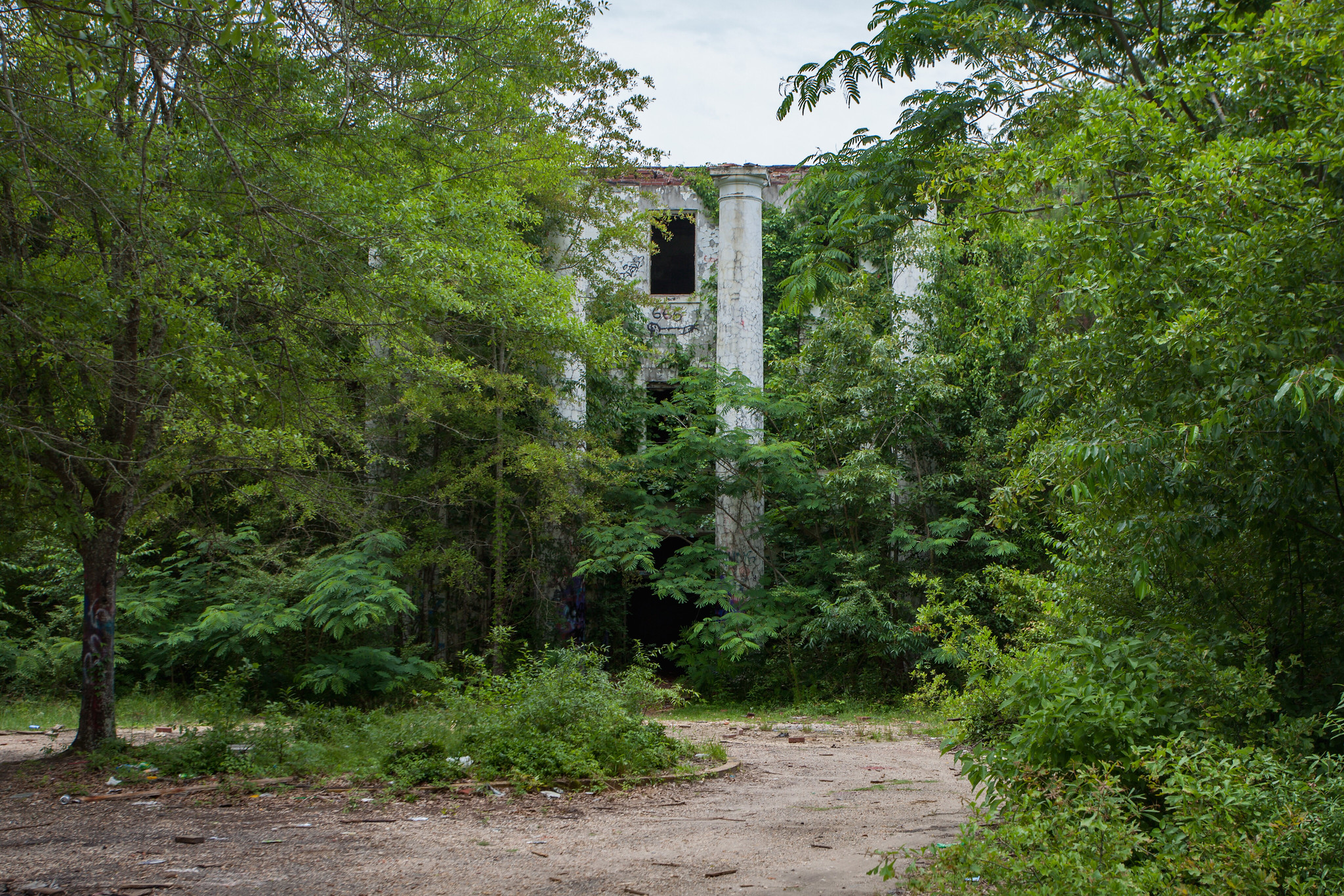
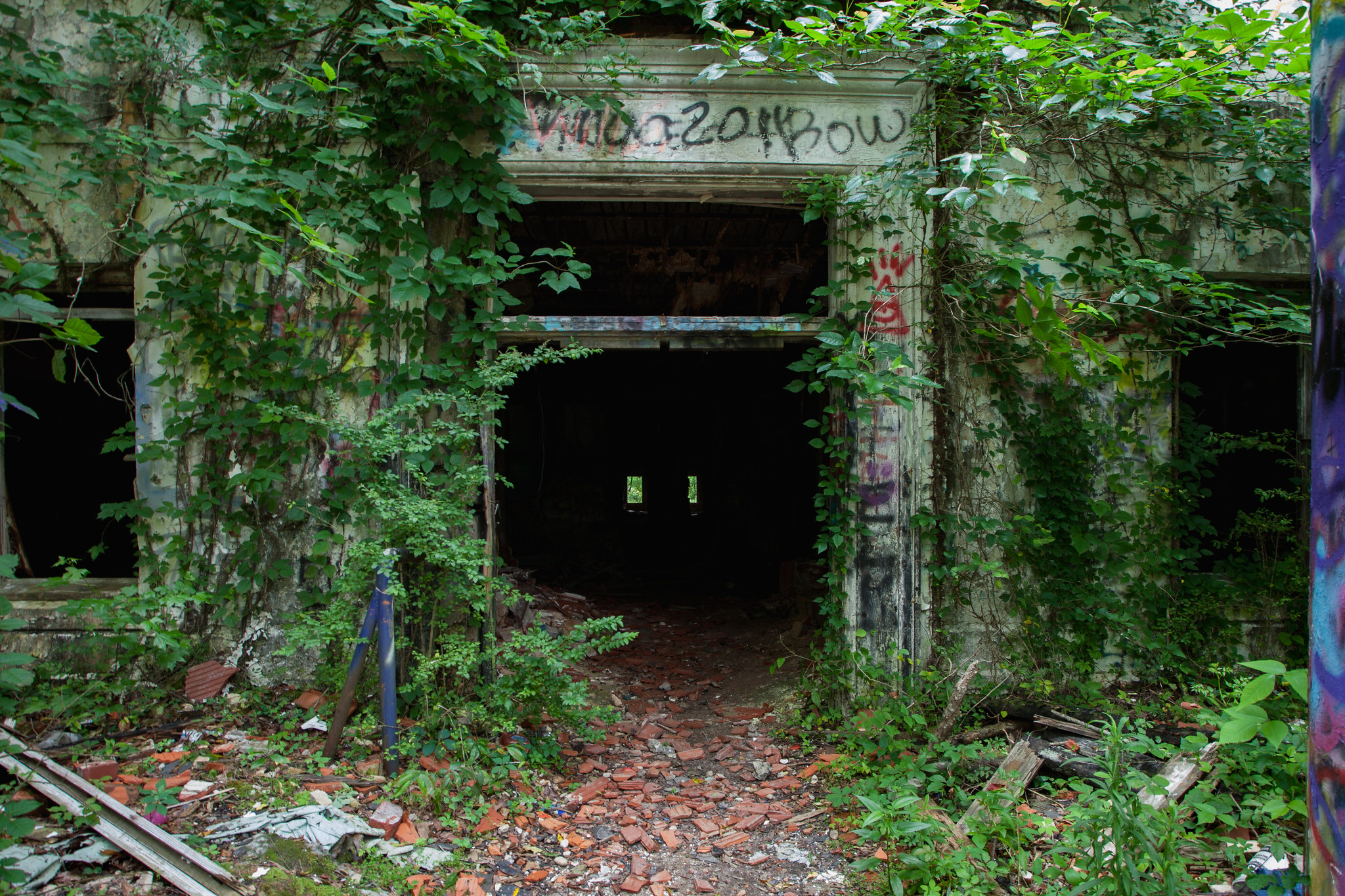
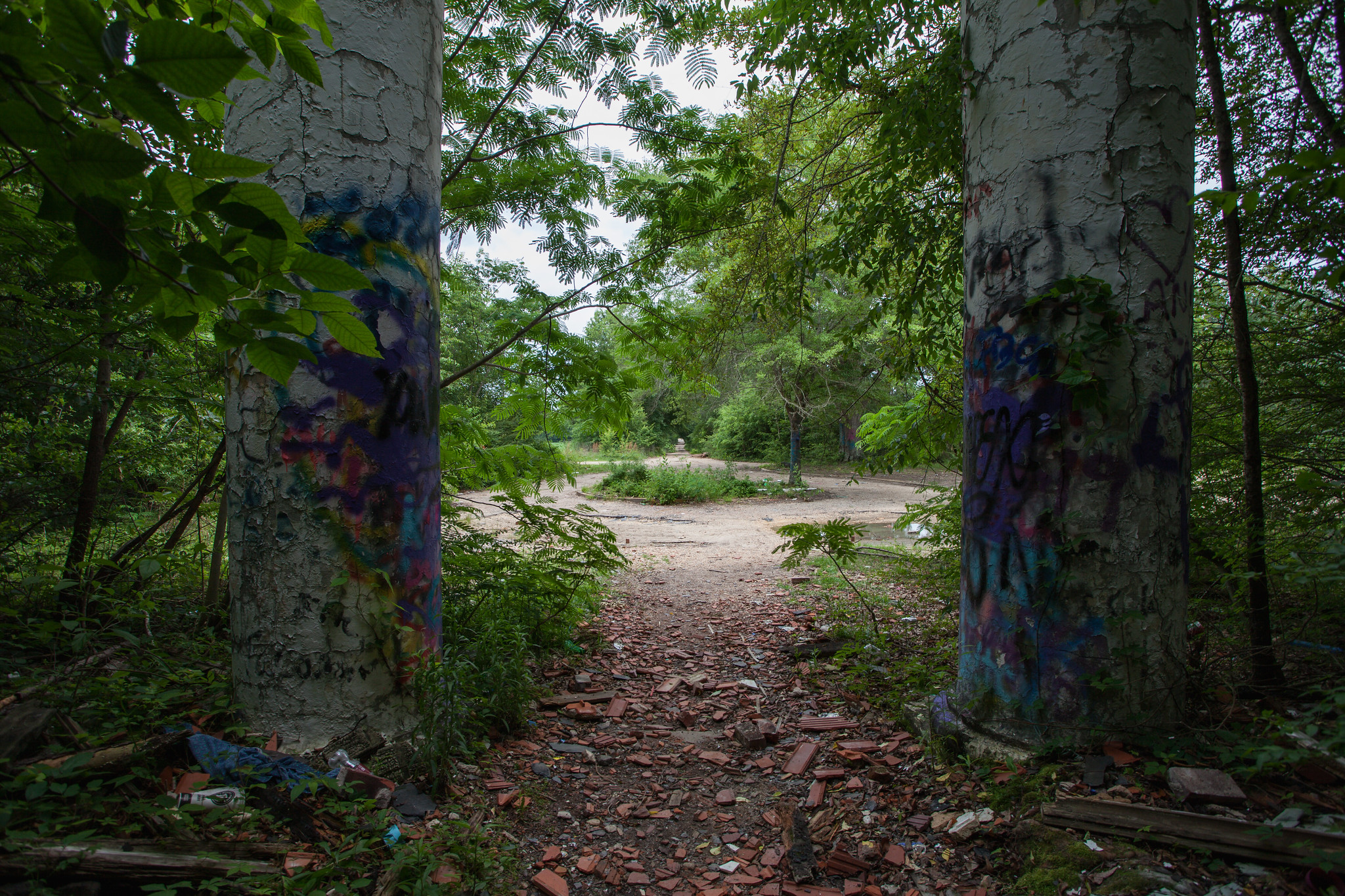
The approach to treatment at Bryce followed the concept that patient work was an important component of mental healthcare. Patients housed at the Jemison Center would tend the fields around the property. This was a part of the self-sustainability of Bryce as well as a way to feed a large number of patients with limited state funding.
However, by the 1960s, the concept of patients remaining in the hospital for long periods of time, while at the same time working productively, became a subject of public concern. Many citizens felt that the hospital retained patients as a source of free labor.
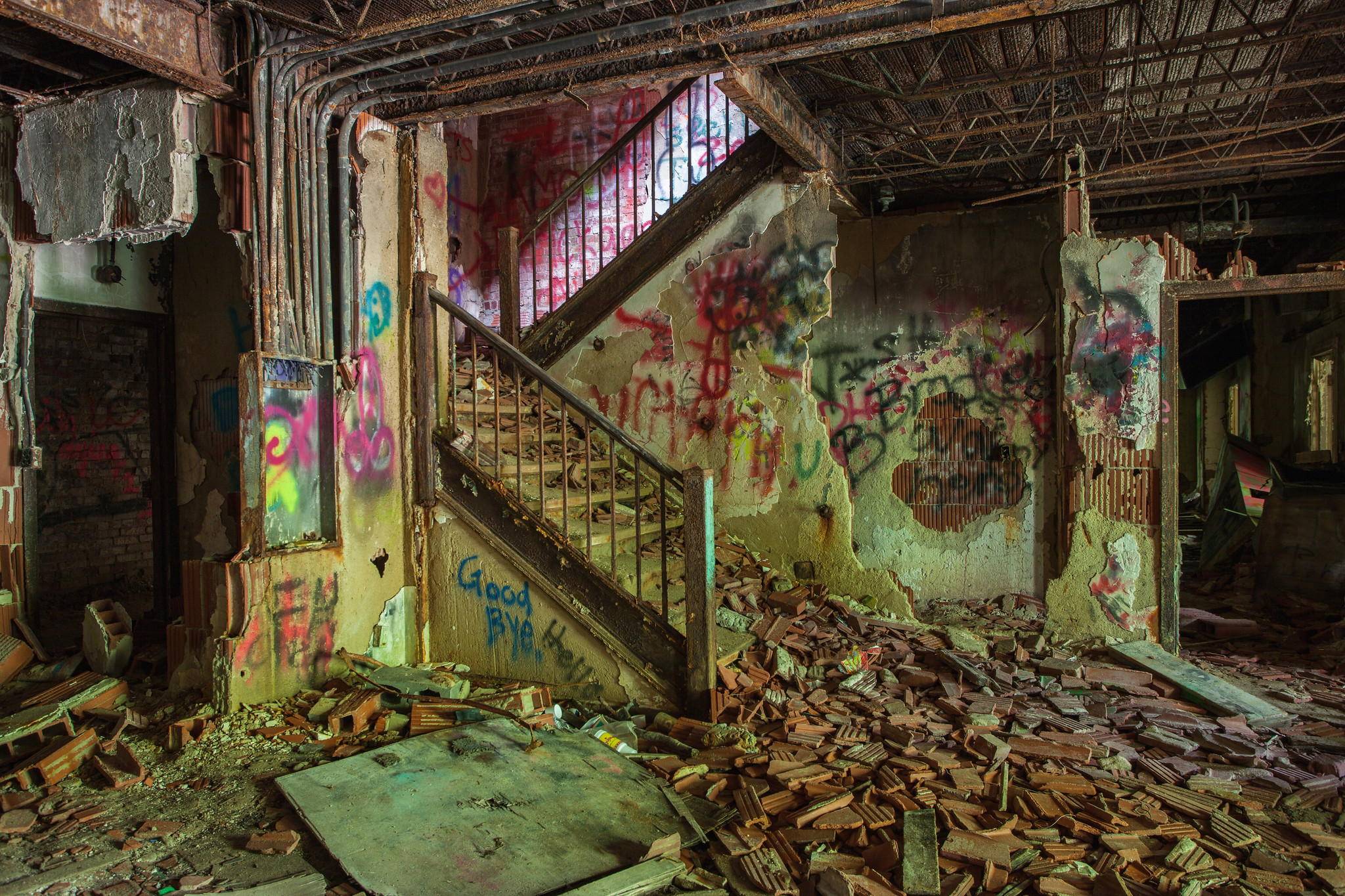
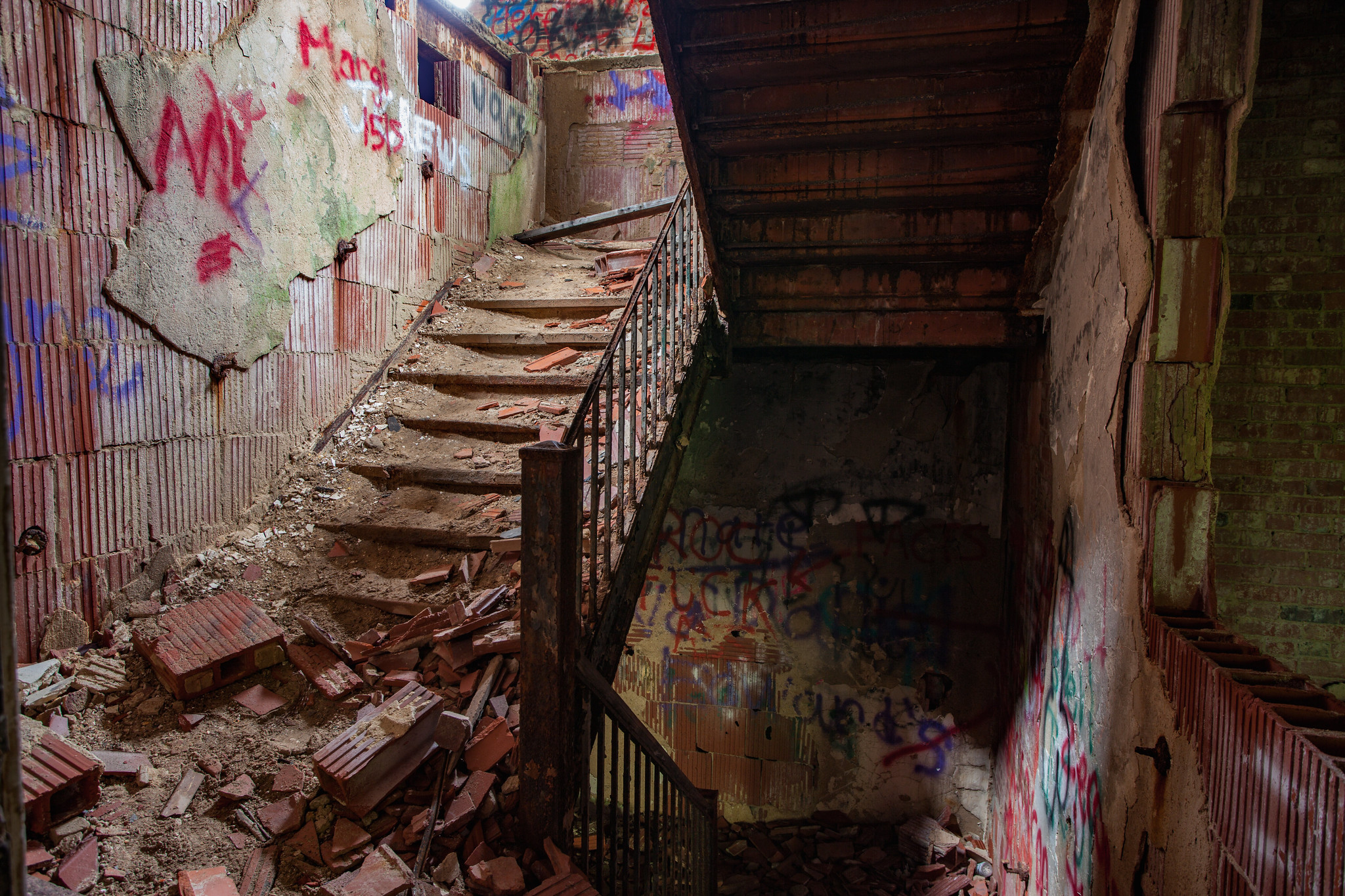
In 1970, the Jemison Center made headlines after a journalist from the Tuscaloosa News visited the facility and reported on the abhorrent conditions. “Human feces were caked on the toilets and walls; urine-soaked aging floors; many beds lacked linens; patients were sleeping on the floor. One small shower served 131 male patients; the 75 female patients only had one shower too. Most of the patients at Jemison were highly tranquilized and appeared to have not bathed in days. All appeared to lack any semblance of treatment. The stench was almost unbearable.”
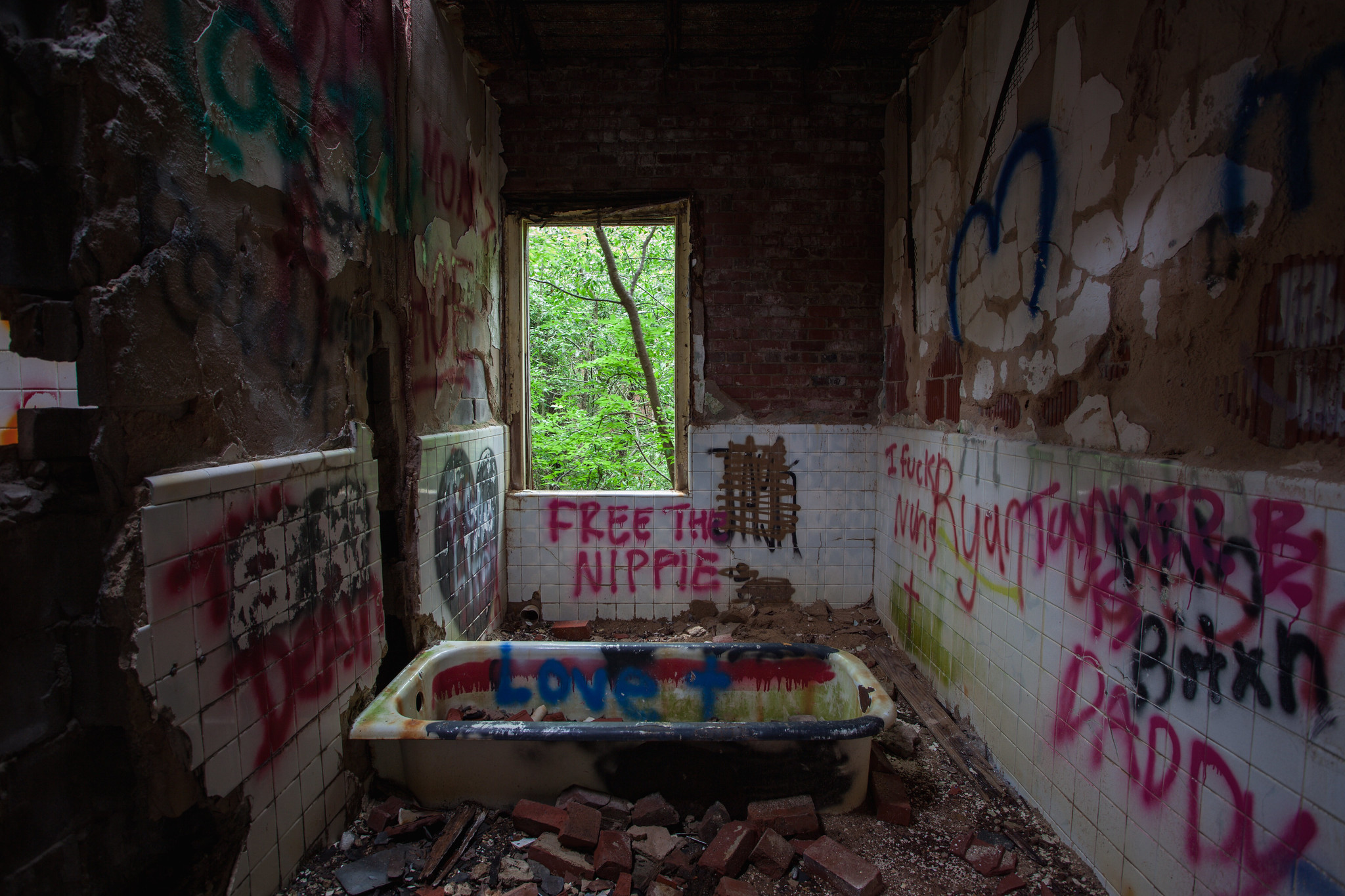
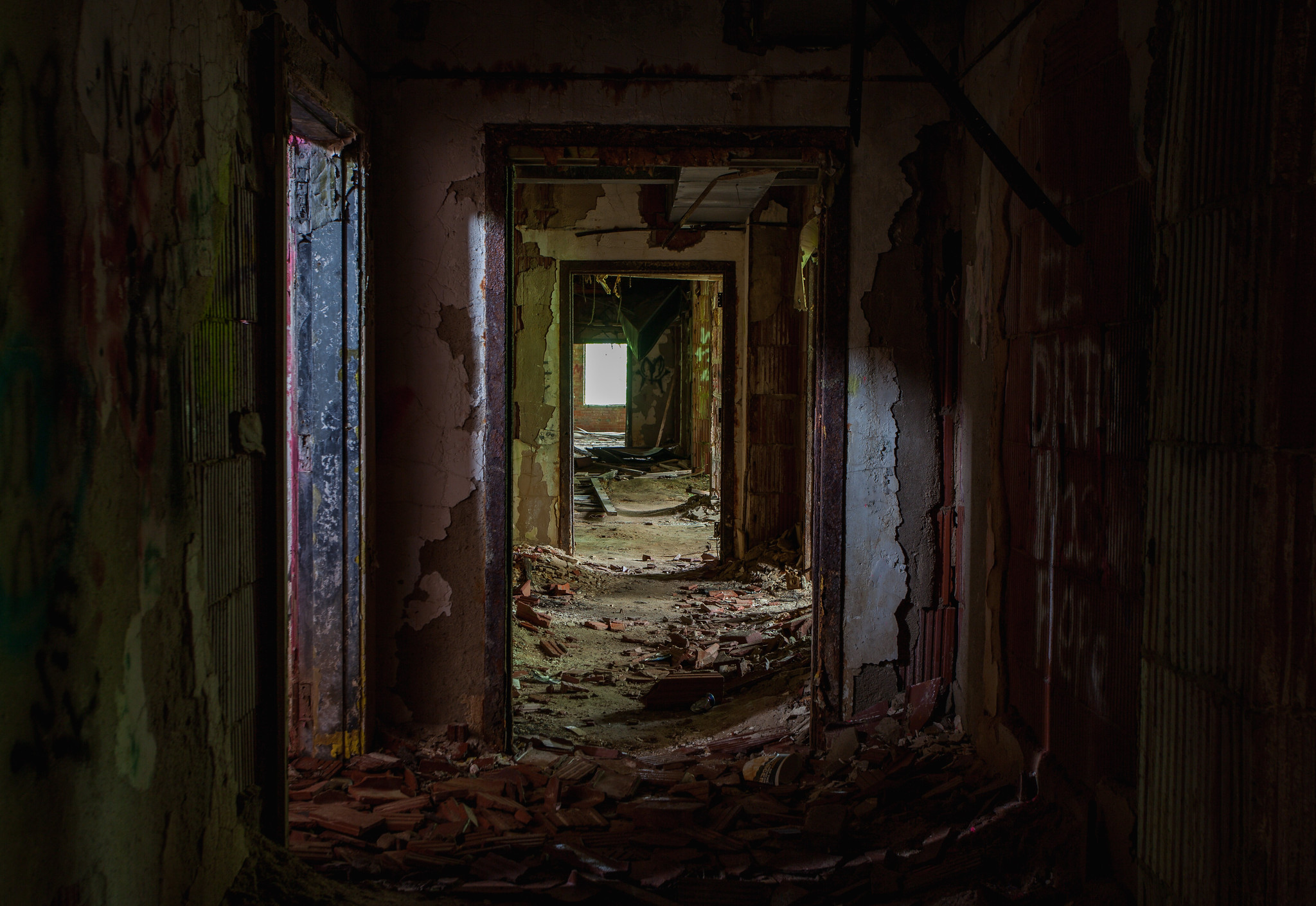
Conditions at the Jemison Center and at Bryce Hospital in Tuscaloosa led to a landmark lawsuit – Wyatt v. Stickney. At that time, Bryce Hospital had over 5,000 patients living in intolerable conditions that the Montgomery Advertiser compared to a ‘concentration camp.’ Wyatt and his aunt testified about the improper treatment designed to only make patients more manageable.
In 1971, the lawsuit was expanded to include patients at Alabama’s other inpatient mental health facilities. The resulting court-ordered agreements formed the basis for federal minimum standards for the care of people with mental illness who reside in institutional settings known as the Wyatt Standards. The standards are founded on four criteria for evaluation of care: humane psychological and physical environment, qualified and sufficient staff for administration of treatment, individualized treatment plans, and minimum restriction of patient freedom.
After 33 years, the case of Wyatt v. Stickney came to a conclusion. Through a tenure of nine Alabama governors and fourteen state mental health commissioners, the case was the longest mental health case in national history. The State of Alabama estimates its litigation expenses at over $15 million.
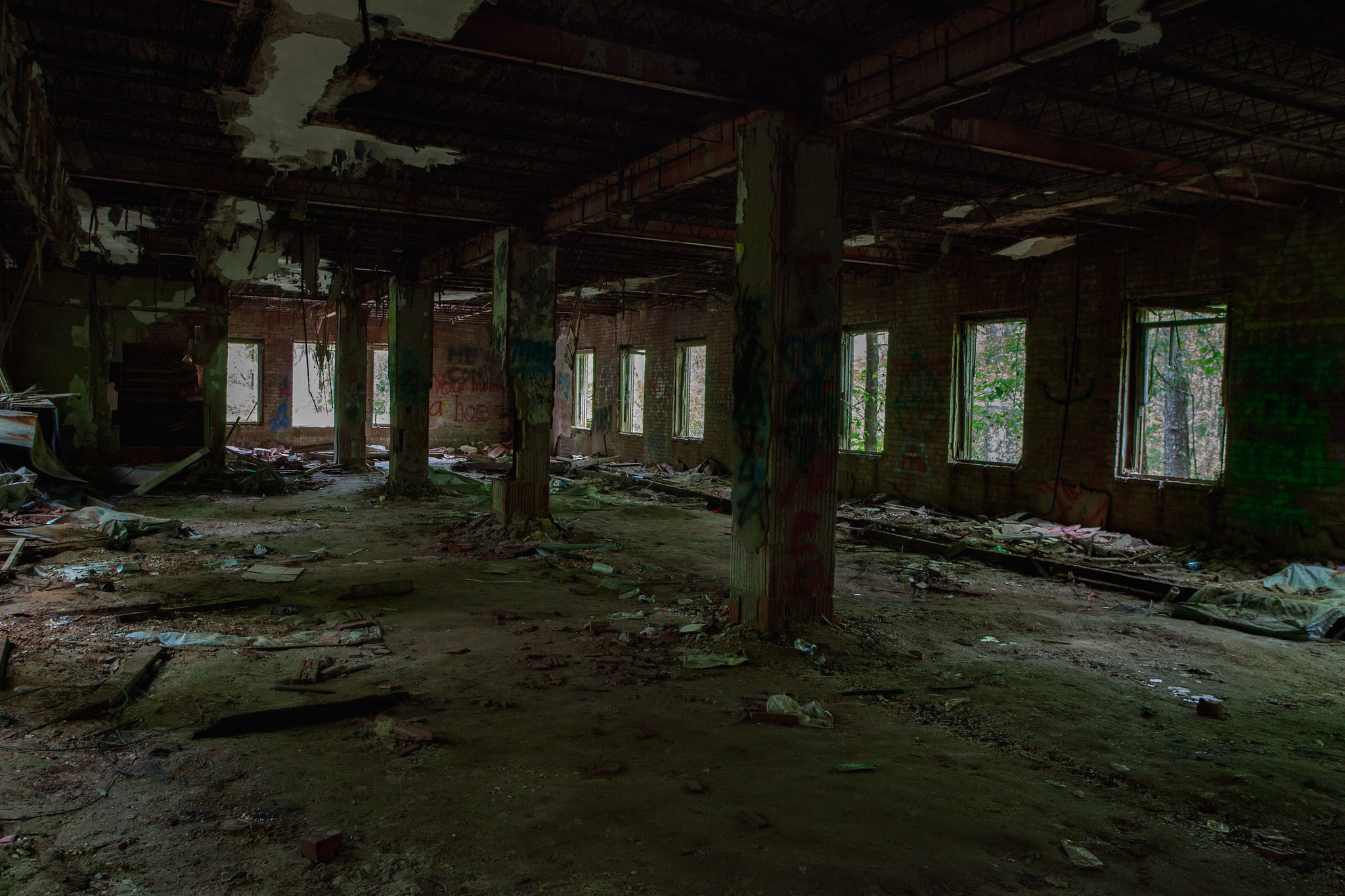
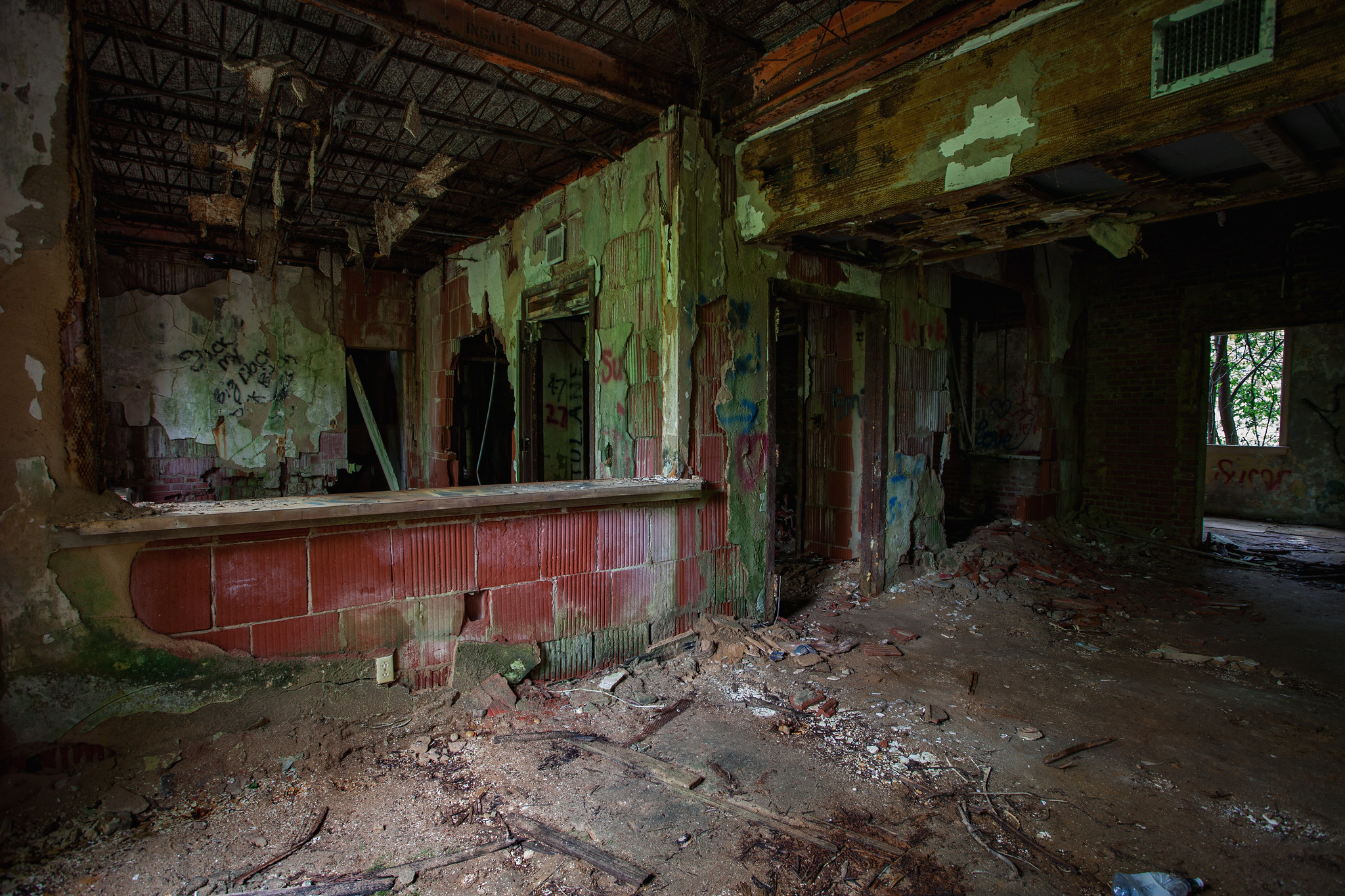
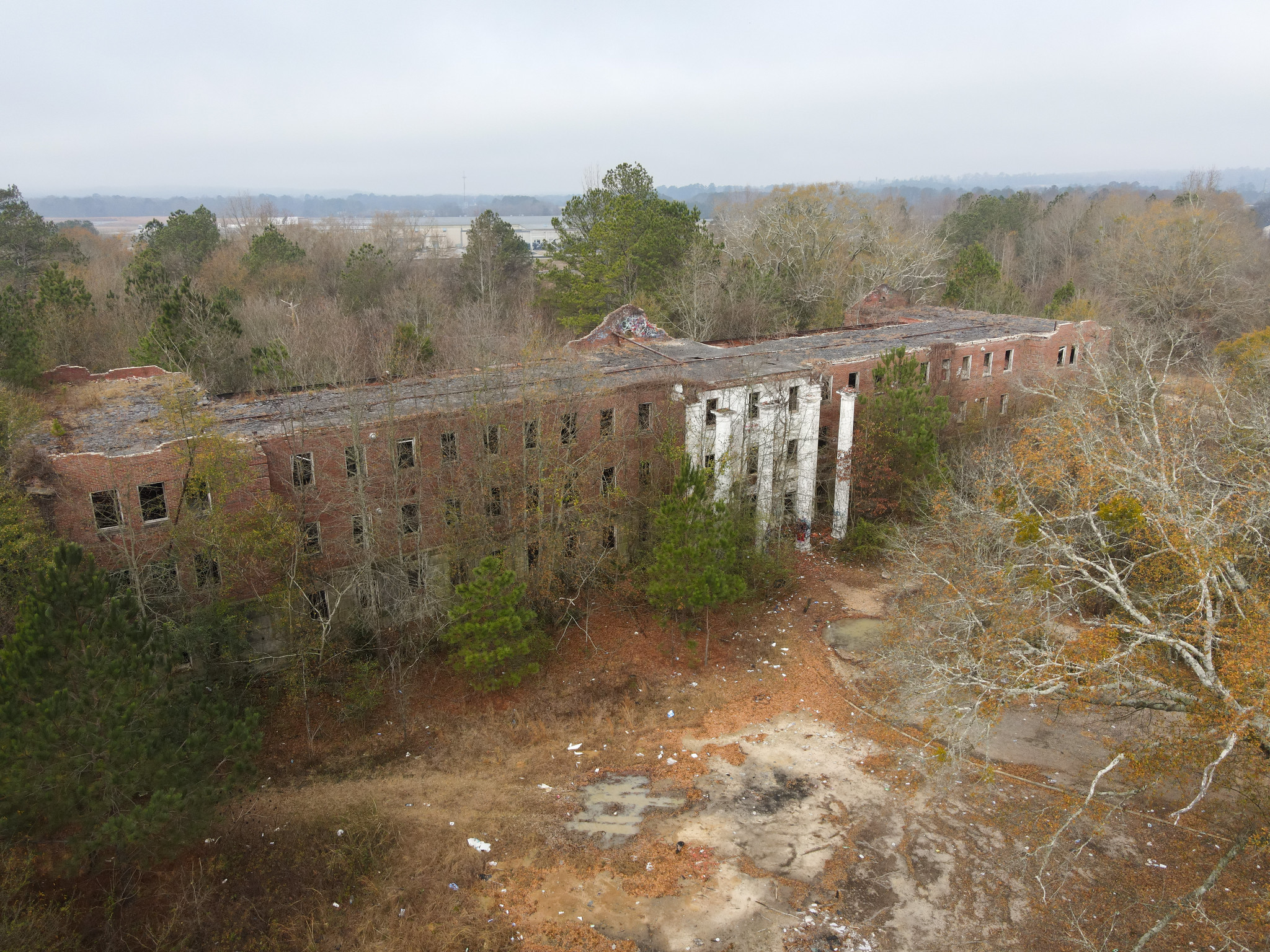
Thank you for reading. I appreciate your support. Please share the blog with your friends.
You can find me on Facebook, Instagram, and TikTok. For more amazing, abandoned places from across Alabama, check out my books Abandoned Alabama: Exploring the Heart of Dixie and Abandoned Birmingham.
Source: https://numerologybox.com
Category: Abandoned Place
